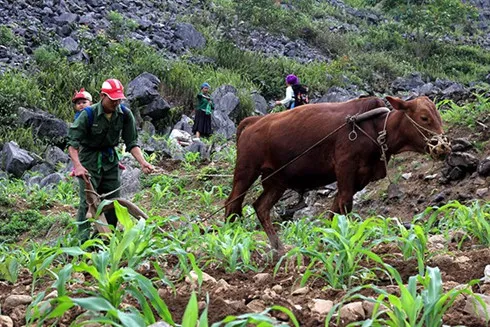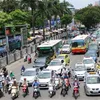New plan aims to reduce poverty by 1-1.5 percent each year

Meanwhile, efforts will be made to reduce the poverty rate among ethnic minority households by 3-4 percent a year.
Alongside reducing poverty rate, the programme will try to develop livelihoods in order to increase per capita income of people living under poverty line by 1.5 times compared to the level at the end of 2015.
The number of districts classified as extremely poor under the Government’s Resolution 30a/2008/NQ-CP will be reduced by half by 2020 while that of extremely poor communes and villages should decrease by 20-30 percent.
Towards the goal, investment will be poured into socio-economic infrastructure in poor areas, thus improving living conditions and access to jobs of local residents.
Accordingly, between 80-90 percent of communes nationwide will have concrete roads accessible by cars, 60-70 percent should meet national standards on health care, and 100 percent must have schools from kindergarten to high school level s to meet local children’s study needs.
Around three quarters of households nationwide will have access to hygienic water supply for daily use.
The programme will provide vocational training and job orientation education for 20,000 workers from poor or ethnic minority backgrounds.
Total investment to carry out the programme is estimated at nearly VND48.4 trillion (around US$2.1 billion), to be sourced from the State and local budgets, the private sector, donations from individuals and organisations both domestic and international, and contributions from beneficiary communities.
According to reports at a meeting of the Central Steering Committee for Sustainable Poverty Reduction in Hanoi on July 18, the rate of poor and near-poor households stands at 15.1 percent.
Tags:





